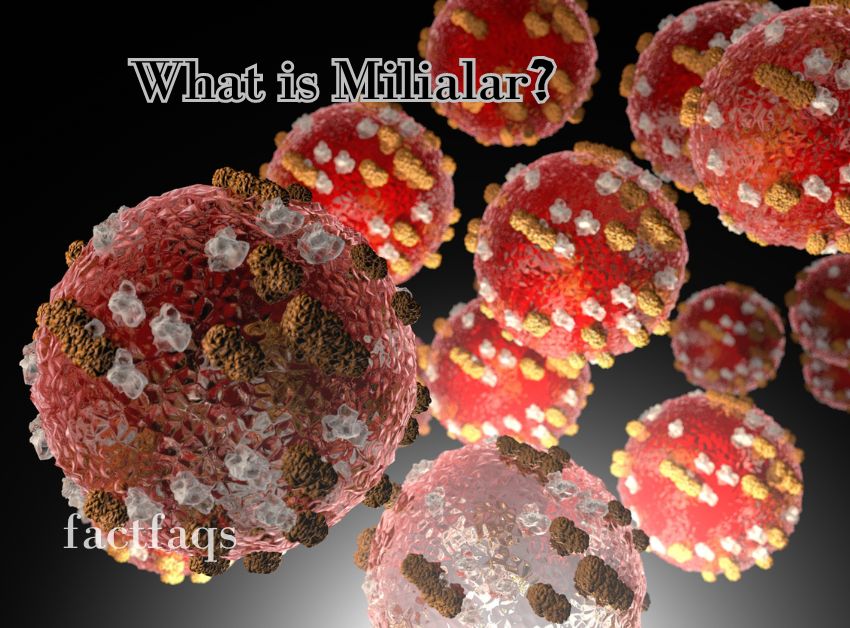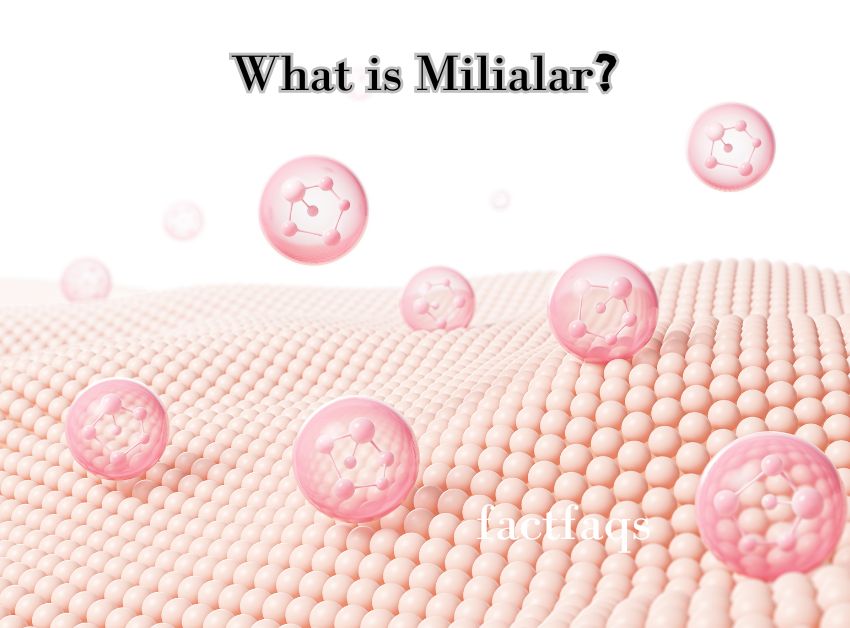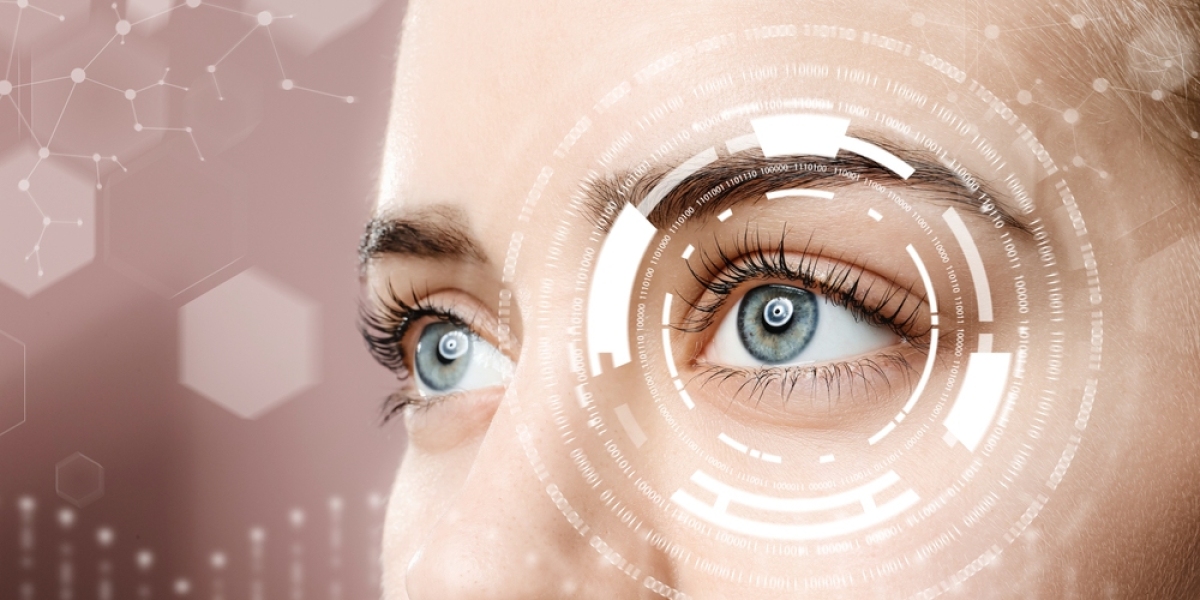Milia are small, dome-shaped bumps that are usually white or yellow and can appear on the face, lips, eyelids, and cheeks. They are not itchy or painful but may cause discomfort.
Milia are caused by trapped dead skin cells that form cysts below the surface of the skin. When old skin cells are not shed properly, new skin grows on top of them and traps them underneath. Applying a prescription retinoid or over-the-counter retinol product can help treat and prevent milia by speeding up cell turnover.
It’s important to use sunscreen to protect the skin and prevent sun damage that can lead to secondary milia.
Understanding The Basics Of Milialar
Milialar, also known as milia, are small, dome-shaped bumps that are typically white or yellow in color. They are not itchy or painful but may cause discomfort for some individuals. These cysts are commonly found on the face, lips, eyelids, and cheeks and can be irritated by rough sheets or clothing.
| What is Milialar: Milia are small, dome-shaped bumps that are usually white or yellow. They’re usually not itchy or painful. However, they may cause discomfort for some people. Rough sheets or clothing may cause milia to appear irritated and red. Cysts are typically found on the face, lips, eyelids, and cheeks. Milia are tiny, white, or yellowish cysts that can grow on different regions of the body but usually show up on the face. They are frequently mistaken for acne, but the two are different. Milia are caused by trapped dead skin cells, unlike acne. Milialar is a common skin condition that is caused by excessive sweating. It is common in hot and humid climates and can affect both men and women. Milia are small cysts caused by trapped dead skin cells, unlike acne, which can be squeezed. Avoid squeezing milia to prevent scarring and skin damage. Milia are typically harmless and may resolve on their own over time. However, if they persist or cause discomfort, it is advisable to consult a dermatologist for appropriate treatment options. Milia are characterized by small, painless bumps on the skin. They are typically found on the face and are often mistaken for acne. Milia are small white or yellow lumps that often develop between the eyes, cheeks, nose, and forehead. They can also appear on the body, especially the trunk and limbs. Milia en plaque is a variant of milia that appears as a patch or plaque of milia on the skin. Milialar is caused by trapped dead skin cells that form cysts below the surface of the skin. The body naturally sheds dead skin cells to make room for new cells, but when they don’t fall off, new skin grows on top of them and traps them underneath, leading to milia formation. Milia can be treated by a dermatologist through methods like extraction, chemical peels, or microdermabrasion. It is important to avoid squeezing or picking at milia to prevent scarring. If you have persistent or bothersome milia, it is best to seek professional advice for appropriate management. |

Causes Of Milialar
Milia are small, white or yellowish cysts that form below the skin’s surface due to trapped dead skin cells. They are usually found on the face and can cause discomfort, but are not itchy or painful. To treat milia, it’s important to avoid squeezing them and allow new skin cells to replace the old ones naturally.
Genetic Factors And Inheritance
Trapped dead skin cells that form cysts below the surface of your skin cause milia. Your body naturally gets rid of dead skin cells by shedding them to make room for new cells to grow and take their place. When your old skin cells don’t fall off of your body, new skin grows on top of them and traps them underneath.
Environmental Triggers And Risk Factors
Milia can also be caused by environmental triggers and certain risk factors. For example, rough sheets or clothing can irritate the skin and lead to milia. Hot and humid climates can also contribute to the development of milia. Additionally, excessive sweating can be a common factor in milia formation.
Symptoms And Diagnosis Of Milialar
Milia are small, dome-shaped bumps that are generally white or yellow in color. They are commonly found on the face, lips, eyelids, and cheeks. While they are usually not itchy or painful, they may cause discomfort for some individuals and can appear irritated and red when in contact with rough sheets or clothing.
| Symptoms and Diagnosis of Milialar | |
|---|---|
| Common Signs and Symptoms of Milialar |
|
| Diagnostic Procedures and Tests for Milialar |
|
Milia are small, dome-shaped bumps that are usually white or yellow. They’re usually not itchy or painful, but may cause discomfort for some people. Rough sheets or clothing may cause milia to appear irritated and red. Cysts are typically found on the face, lips, eyelids, and cheeks. Trapped dead skin cells that form cysts below the surface of your skin cause milia. Your body naturally gets rid of dead skin cells by shedding them to make room for new cells to grow and take their place. When your old skin cells don’t fall off of your body, new skin grows on top of them and traps them underneath.
Treatment Options For Milialar
| What is Milialar |
|
Milia are small, dome-shaped bumps that are usually white or yellow. They’re usually not itchy or painful. However, they may cause discomfort for some people. Rough sheets or clothing may cause milia to appear irritated and red. Cysts are typically found on the face, lips, eyelids, and cheeks. What is the main cause of milia? Trapped dead skin cells that form cysts below the surface of your skin cause milia. Your body naturally gets rid of dead skin cells by shedding them to make room for new cells to grow and take their place. When your old skin cells don’t fall off of your body, new skin grows on top of them and traps them underneath. Milia are tiny, white, or yellowish cysts that can grow on different regions of the body but usually show up on the face. They are frequently confused with acne, but the two are different. Unlike acne, milia cannot be squeezed or popped. Squeezing milia can lead to scarring and other skin damage. There are various medications and topical treatments available to help treat milia. These include:
In some cases, surgical procedures may be necessary to remove persistent or large milia. These procedures can include:
It is important to consult with a dermatologist or healthcare professional for an accurate diagnosis and appropriate treatment for milia. |
Coping And Management Strategies For Milialar
Milialar refers to small, dome-shaped bumps that are typically white or yellow in color. Unlike acne, they are not itchy or painful, but may cause discomfort for some individuals. Milia is commonly found on the face, lips, eyelids, and cheeks. These cysts can be irritated and red if rough sheets or clothing come into contact with them. They are caused by trapped dead skin cells that form cysts beneath the skin’s surface. When new skin grows on top of these trapped cells, they become enclosed and form milia. Lifestyle modifications such as avoiding squeezing of milia and adopting a proper skincare routine can help minimize their appearance. Additionally, there are skincare products available in the market specifically designed to target milia and promote healthier skin. By understanding milia and adopting suitable coping and management strategies, individuals can successfully minimize the impact of this common skin condition.
Also Read More:
Complications And Risks Associated With Milialar
Milialar is a skin condition characterized by small, dome-shaped bumps that are usually white or yellow in color. It is commonly found on the face, lips, eyelids, and cheeks. These bumps are not itchy or painful, but may cause discomfort for some individuals.
| Potential Skin Complications of Milialar | Psychological and Emotional Impacts of Milialar |
|---|---|
| Milia are small, dome-shaped bumps that are usually white or yellow. They’re usually not itchy or painful. However, they may cause discomfort for some people. Rough sheets or clothing may cause milia to appear irritated and red. Cysts are typically found on the face, lips, eyelids, and cheeks. | Milialar is a common skin condition that can have psychological and emotional impacts on individuals. The appearance of milia on the face or other visible areas of the body may lead to self-consciousness and a negative impact on self-esteem. Individuals with milia may feel insecure or embarrassed about their skin, affecting their overall confidence and well-being. |
Milia are small, dome-shaped bumps that are usually white or yellow. They’re usually not itchy or painful. However, they may cause discomfort for some people. Rough sheets or clothing may cause milia to appear irritated and red. Cysts are typically found on the face, lips, eyelids, and cheeks. Milialar is a common skin condition that can have psychological and emotional impacts on individuals. The appearance of milia on the face or other visible areas of the body may lead to self-consciousness and a negative impact on self-esteem. Individuals with milia may feel insecure or embarrassed about their skin, affecting their overall confidence and well-being.
Prevention And Outlook For Milialar
Milia are small, white or yellow bumps that usually appear on the face, lips, eyelids, and cheeks. They are not painful or itchy but can be irritated by rough sheets or clothing. Milia are caused by trapped dead skin cells and can be prevented by avoiding squeezing or picking at them.
Preventive Measures For Milialar
Milia are small, dome-shaped bumps that are usually white or yellow. They’re usually not itchy or painful. However, they may cause discomfort for some people. Rough sheets or clothing may cause milia to appear irritated and red. Cysts are typically found on the face, lips, eyelids, and cheeks. Milia can be caused by trapped dead skin cells that form cysts below the surface of the skin. To prevent milia, it’s important to avoid squeezing or picking at the bumps, as this can lead to scarring. Using a gentle exfoliator and keeping the skin clean can help prevent the buildup of dead skin cells. It’s also important to protect the skin from excessive sun exposure. In terms of the outlook for milia, the condition is generally harmless and tends to resolve on its own over time. However, if the bumps become inflamed, infected, or cause significant discomfort, it may be necessary to seek medical treatment. Milia en plaque is a rare form of the condition characterized by multiple larger milia bumps forming a plaque-like appearance on the skin. This variant may require medical intervention for treatment.

Frequently Asked Questions For What Is Milialar
What Is The Main Cause Of Milia?
Milia are caused by trapped dead skin cells. When old skin cells don’t shed properly, new skin grows over them, trapping them underneath the surface. This forms small cysts that appear as white or yellow bumps. Using retinoids and sunscreen can help prevent and treat milia.
What Does A Milia Look Like?
Milia are small, dome-shaped bumps that are white or yellow. They are usually not itchy or painful, but can cause discomfort. Rough sheets or clothing may irritate and redden milia. They commonly appear on the face, lips, eyelids, and cheeks.
Avoid squeezing them to prevent scarring.
What Does Milia En Plaque Look Like?
Milia en plaque appears as small, dome-shaped white or yellow bumps on the face, lips, eyelids, and cheeks. They are not painful or itchy but may cause discomfort. Rough sheets or clothing can irritate and make them appear red. Avoid squeezing them to prevent scarring.
Use retinoid products and sunscreen for treatment and prevention.
What Is The Fastest Way To Cure Milia?
The fastest way to cure milia is by applying a prescription retinoid or an over-the-counter retinol product once a day. This helps speed up cell turnover and prevents milia. It’s also important to use sunscreen to protect your skin from sun damage that can lead to secondary milia.
Conclusion
Milia are small, dome-shaped bumps that can appear on the face, lips, eyelids, and cheeks. They are usually white or yellow in color and are not itchy or painful. However, rough sheets or clothing can cause irritation and redness. Milia are often mistaken for acne, but they are actually cysts caused by trapped dead skin cells.
It is important to avoid squeezing milia to prevent scarring. Applying a retinoid or retinol product can help treat and prevent milia by accelerating cell turnover. Remember to protect your skin from the sun to prevent secondary milia.
